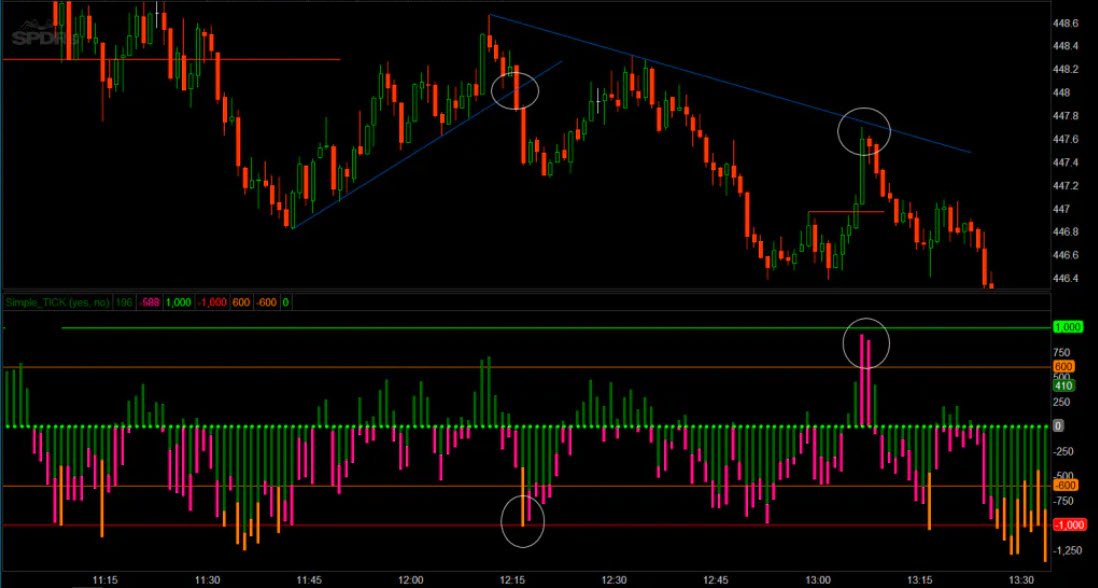Futures | Options | Stocks
unique market analysis & trading education

WORK WITH the OEC
1:1 Coaching
The ideal choice if you want a personalized plan that is tailored to your goals and needs.
online LESSONS
Explore analysis and trading concepts on your own schedule through a variety of online lessons.
Morning Briefing
Every morning at 7:30am (eastern time) we go live with a routine designed to prepare us for the trading day. Catch us live - or watch the replay on our YouTube Channel.
Personal Coach
Improving your understanding of the market and your approach
Money Management
The only part of the trade we know for sure - is how much we are willing to lose. Learn more about entries, exits, risk & reward, stops and price targets.
Trade Strategies
Trade setups, strategies, mechanical options plays, earnings trades, trend trading, zero-day plays, premium trading… learn what works for your style of trading
